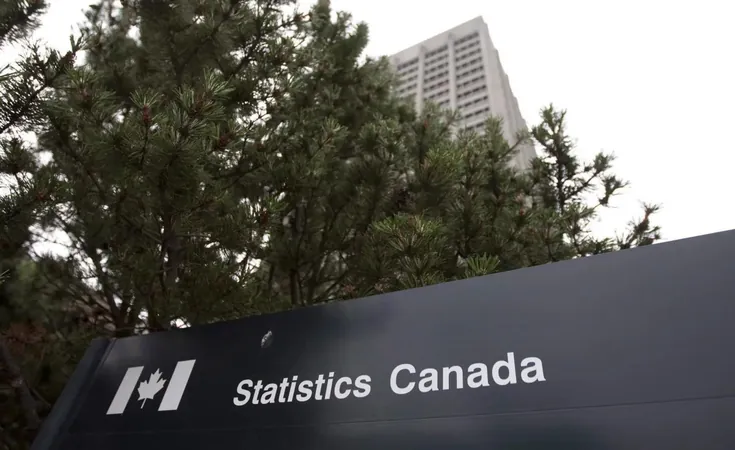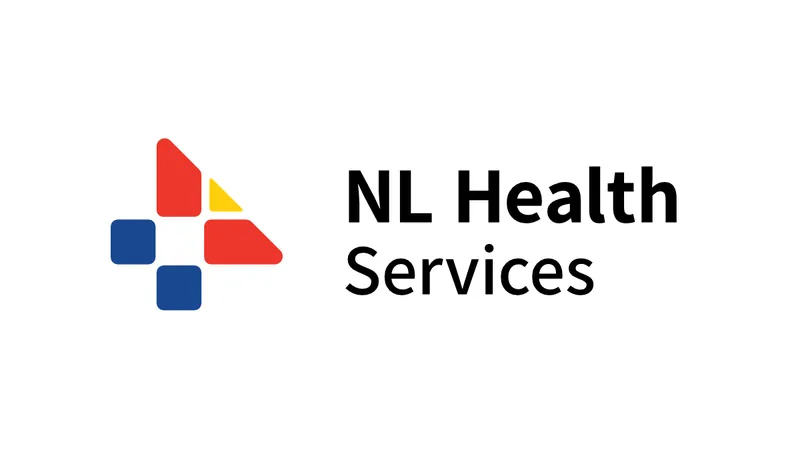
Shocking Rise in Income Inequality in Canada: The Wealthiest 20% Thrive While Others Struggle!
2024-10-10
Author: Amelia
Introduction
In a startling report released by Statistics Canada, the country is witnessing a dramatic increase in income inequality, with the latest data revealing the largest gap recorded since tracking began in 1999. As of the second quarter of 2024, the disparity in disposable income between the top and bottom income brackets has soared to an astonishing 47 percentage points.
Rising Income for the Lower Tier
Despite the lowest-income households experiencing a boost in disposable income—thanks largely to significant wage growth—this increase has not been enough to keep pace with the financial gains seen among the wealthiest. The bottom 20% of earners enjoyed an annual rise in disposable income of 14.3%, translating to a substantial increase of $417. This improvement was primarily driven by wage increases in the service and professional sectors. However, the impact of rising costs, including a $218 increase (17.6%) in mortgage and consumer credit payments, has considerably offset these gains.
Affluence of the Wealthy
On the flip side, the top 20% of income earners saw their disposable income rise even more sharply, with growth attributed primarily to booming investment incomes. These affluent households now control a staggering 67.7% of Canada’s total net worth, averaging about $3.4 million per household. StatCan reports that this elite group has outpaced all others in wealth accumulation during the same period.
The Bottom 40%
The wealth narrative becomes even more concerning when considering the bottom 40% of households, who collectively accounted for a mere 2.8% of Canada’s total net worth, averaging only $69,595 per household. This stark contrast highlights the widening gulf between the wealthy elite and the rest of the population, raising urgent questions about economic stability and social equity in the nation.
Young vs. Older Households
In an intriguing development, younger households—those under 35—have actually managed to reduce their mortgage debt since late 2022. Rising interest rates and soaring housing costs are driving many prospective homeowners out of the market, while existing homeowners are reportedly paying down debt or moving to more affordable housing options. Some of this debt reduction may also stem from financial assistance from family members navigating the steep cost of living.
Conversely, older households are accumulating more mortgage debt than last year, potentially as a strategy to invest in property, assist younger family members with home purchases, or meet other financial priorities.
Conclusion
As Canada grapples with these intensifying economic disparities, the question remains: what steps will be taken to address this alarming trend and promote a more equitable financial landscape? The growing division between the haves and the have-nots could wield profound implications for Canada's future socio-economic climate.
Stay tuned as we continue to monitor this critical issue impacting millions of Canadians!









 Brasil (PT)
Brasil (PT)
 Canada (EN)
Canada (EN)
 Chile (ES)
Chile (ES)
 España (ES)
España (ES)
 France (FR)
France (FR)
 Hong Kong (EN)
Hong Kong (EN)
 Italia (IT)
Italia (IT)
 日本 (JA)
日本 (JA)
 Magyarország (HU)
Magyarország (HU)
 Norge (NO)
Norge (NO)
 Polska (PL)
Polska (PL)
 Schweiz (DE)
Schweiz (DE)
 Singapore (EN)
Singapore (EN)
 Sverige (SV)
Sverige (SV)
 Suomi (FI)
Suomi (FI)
 Türkiye (TR)
Türkiye (TR)